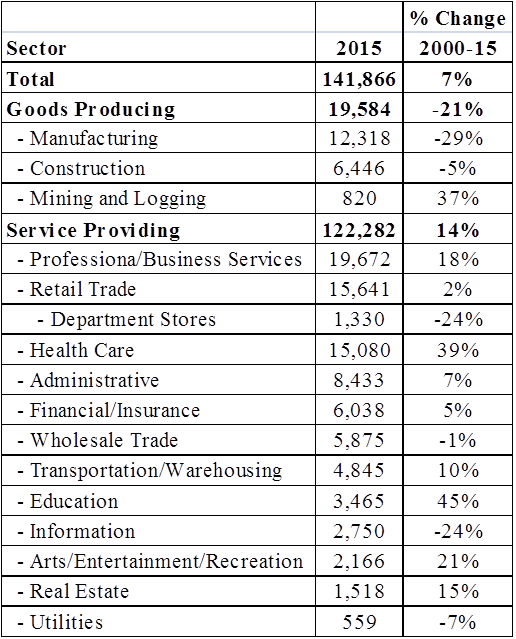Introduction
Since the 2008 collapse, the Fed has been buying government debt to keep interest rates low in hopes of inducing more spending by individuals and business. There are several reasons this approach is wrong:
- It eliminates the safe source of income for retirees;
- It inflates true value of assets;
- It does not address the underlying reasons for the languid labor market recovery.
These issues are covered below.
Eliminating Safe Income
In 2007, the 10-year Treasury bond yield was 5%. Today, it is 1.7%. In 2007, many retirees were holding Treasuries: with 5% annual payments, and they were fixed for life. The Fed’s action wiped out this safe retirement strategy. Needing more than a 1.7% payment annually, retirees have been forced to purchase more risky assets.
I quote John Mauldin on the subject:
“I must confess, the more I think about where the “monetary policy community” of academic elites has brought us, the angrier I get…what the Fed has done is to destroy the retirement hopes and dreams of multiple tens of millions of my fellow US Boomers, and when we include the effects of the destructive policies of the rest of the world’s central banks, the number becomes hundreds of millions.… Remember when you could invest in a CD at 5% to 6%? What a quaint notion. By reducing the incomes of retirees and terrifying near-retirees, the Fed successfully reduced economic activity. Hopefully, that was not their intent, but that is what happened. Low interest rates have traumatized US pension funds and basically made it impossible for funds to meet their investment targets. And the consultants to whom the funds pay large fees are still showing them models (based on god knows what assumptions) that say it is okay to project 7% to 7.5% compound returns for the future.”
Enough said.
It would be one thing if the Fed’s low interest policy was getting individuals and firms to spend more. In all likelihood, it is not. In fact, in an overreaction to the 2008 collapse, it is very difficult to get a bank loan.”
Inflation of Asset Values
Some argue the Fed’s low interest rate policies have resulted in increased borrowing to buy assets and this has led to artificially high asset prices. I am not taken by this argument inasmuch as I doubt the Fed’s policies have recently had any effect on spending. Yellen and others at the Fed have an inflated view of what impact they can have on the economy. The Fed’s tools to stimulate spending were exhausted some time ago.
Languid Labor Market Recovery
So what does the Fed see as the problem now? After all, the unemployment rate is at 5% and first-time unemployment claims are lower than they have been since 1973. Yellen recently said the question was whether that damage can be undone “by temporarily running a ‘high-pressure economy,’ with robust aggregate demand and a tight labor market….One can certainly identify plausible ways in which this might occur,” she said.
So Yellen is saying this is just a matter of increasing aggregate demand and thinks the Fed has some policy tools to help? I just don’t see it. Consider first how Americans are employed by sector. Table 1 provides data on 2015 employees and how the numbers have changed since 2000. Note the drop off in the goods producing sectors. And department store employees are also falling. Why these reductions? The information revolution. Labor saving automation in the factories of foods producers. But job cuts are also happening in the service sectors. For example, in retail trade, department store employment is down 24% as Internet purchases replace department store sales.
Table 1. – US Employment by Sector, 2000-15

Source: US Bureau of Labor Statistics
As I have been writing for some time, the information revolution is starting to have a profound effect on the workplace. Based on an analysis of 2000-plus work activities for more that 800 occupations, a recent McKinsey Global Institute study came up with estimates of the technical feasibility of implementing each of them. It broke work down into seven specific activities (from left to right by ease of automating): managing others, applying expertise, stakeholder interactions, unpredictable physical work, data collection, data processing, and predictable physical work. It concluded that about 60% of all occupations could see 30% or more of their constituent activities automated with technologies available today. And further from the report:
“A full-time job with one employer has been considered the norm for decades, but increasingly, this fails to capture how a large share of the workforce makes a living…. Lifetime employment at one company is largely a relic of the past, putting the onus on individuals to map out their own career trajectories, looking for their own business opportunities and taking charge of developing their own skills along the way….”
Table 2 provides data from the McKinsey study. The headings describe seven types of work from the hardest to automate on the left to the easiest to automate on the right. The table indicates both the share of work that can be automated with today’s technology as well as the share of total work in each category. So for example 78% of predictable physical work could be automated using today’s technologies, and 18% of all US work falls in this category.
Table 2. – Automation Potential by Type of Work

Source: McKinsey Institute
McKinsey concludes that in total, currently demonstrated technologies could automate 45% of the activities people are paid to perform. Their summary findings are presented in Table 3. This process, accelerated by the 2008 collapse, is gaining momentum.
Table 3 provides McKinsey’s estimates of what can be automated using existing technologies today. And while one can quibble over the numbers, there can be no question profound changes are taking place in the US work place.
Table 3. – Labor-Saving Potential by Industry

Source: McKinsey Institute
So what does this have to do with Yellen’s ability to influence the economy? The US economy is now at full employment. But wages are weak and will remain so as the automation process described above is implemented.
Sidebar – Jobs Lost Overseas
In passing, it is worth commenting on the nonsense talk about US manufacturing jobs lost overseas. In another study, McKinsey concluded:
“Trade and outsourcing explain only about 20 percent of the 5.8 million manufacturing jobs lost during the 2000-10 period; more than two-thirds of job losses can be attributed to continued productivity growth, which has been outpacing demand growth for the past decade.”
And when talking about jobs lost overseas, one rarely hears mention of the foreign investment creating jobs in the US. Foreign direct investment in the US that leads to US employment has averaged $185 billion annually since 2000.
Conclusions
- The “guessing game” over when the Fed will increase interest rates is irrelevant to what ails the US economy.
- The US is at full employment but wage growth has lagged.
- This is because the US is in the midst of a fundamental transition: labor-saving technologies are transforming both goods producing and service providing industries.
- There is nothing Yellen can do to help with this transition. Instead, the Federal government should take the lead in assisting displaced workers with job retraining.
